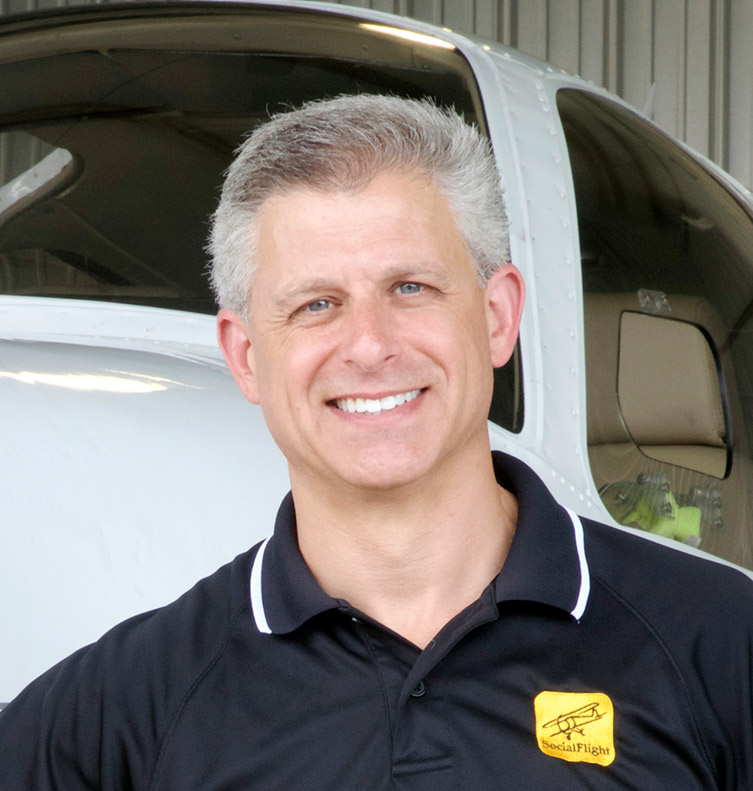Oil changes: Roll up those sleeves and save some money
What to know before you start
One of the best ways to improve the safety of an aircraft is also a great way to save money: owner-performed preventive maintenance.
FAR Part 43, Appendix A, lists 32 tasks under the heading “Preventive Maintenance,” all of which can be accomplished by an owner without the assistance of an A&P mechanic. In order to perform preventive maintenance legally, you still need to be trained on how to do each task properly, have all the required manuals for the task at hand, and document the work in the aircraft logbooks. However, each of these tasks represents an opportunity to learn more about your airplane and save some money in the process.
One of the best ways to get started is with oil changes. Oil is the lifeblood of your aircraft’s engine. It serves a variety of functions from basic lubrication to thermal management, contaminant removal, and corrosion protection. As pilots and aircraft owners, all we need to do to keep these critical functions going is select the proper oil for the job, fly the airplane, and change the oil at the proper intervals.
When to change the oil
Changing your oil accomplishes two major tasks: It flushes out the acids and water that accumulate from the combustion process, and it also removes metal particles suspended in the oil. Every oil change is a fresh start for your engine’s internal components, an opportunity to inspect the health of the engine, and a chance to change the oil viscosity to accommodate seasonal temperature changes.
Aircraft oil life is measured by both the number of hours flown and the calendar time that it’s been in the engine. Common intervals between oil changes range from 25 hours for engines employing an oil screen for filtration to 50 hours for engines with oil filters. Regardless of the number of hours on the oil, you should always change oil that has been in service more than four months.
Your aircraft’s oil system
Before getting started, it’s important to understand the oil system on your aircraft. Most general aviation aircraft utilize a wet-sump engine design, which means that the oil is stored in a pan (sump) at the bottom of the engine. Inside the oil sump is a pickup tube with a fairly coarse finger screen. This screen is designed to catch relatively large chunks of metal before they can be circulated throughout the engine. The pickup tube then feeds to the oil pump within the engine’s accessory case and through the oil screen or filter. If the aircraft is equipped with an oil cooler, the path of the oil will flow through a vernatherm or a viscosity bypass valve. These valves divert the oil through the oil cooler based on either temperature (not unlike the coolant thermostat on a car) or by pressure. Then it’s off to an oil pressure-regulating valve and into the engine for distribution to all of the components that rely on the oil for lubrication and cooling.
Time to save money
Changing your own oil is an excellent way to save money and get some idea of how your engine is doing on the inside. How dirty is the oil? Is there metal in your filter? What can an oil analysis report tell you about wear trends? What oil should you be using? We will cover these and much more in our next segment. Until then, remember that the best thing you can do for the health of your engine is to keep it flying. So, where are you going to fly today?
Jeff Simon is an A&P mechanic, pilot, and aircraft owner. He has spent the last 14 years promoting owner-assisted aircraft maintenance as a columnist for several major aviation publications and through his how-to DVD series: The Educated Owner. Jeff is also the creator of SocialFlight, the free mobile app and website that maps over 5,000 aviation events happening throughout North America. Free apps available for iPhone, iPad and Android, and on the web at www.SocialFlight.com.



